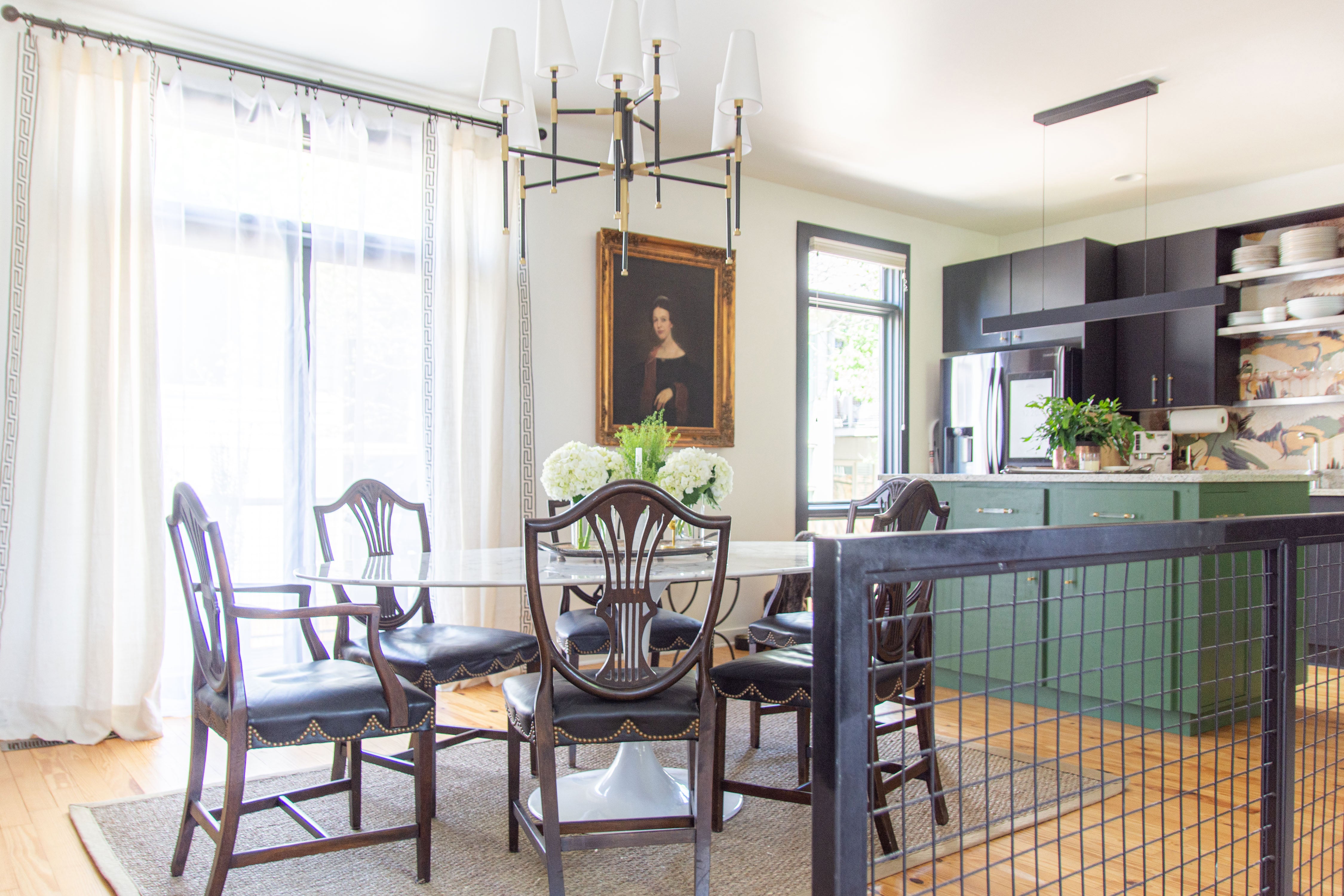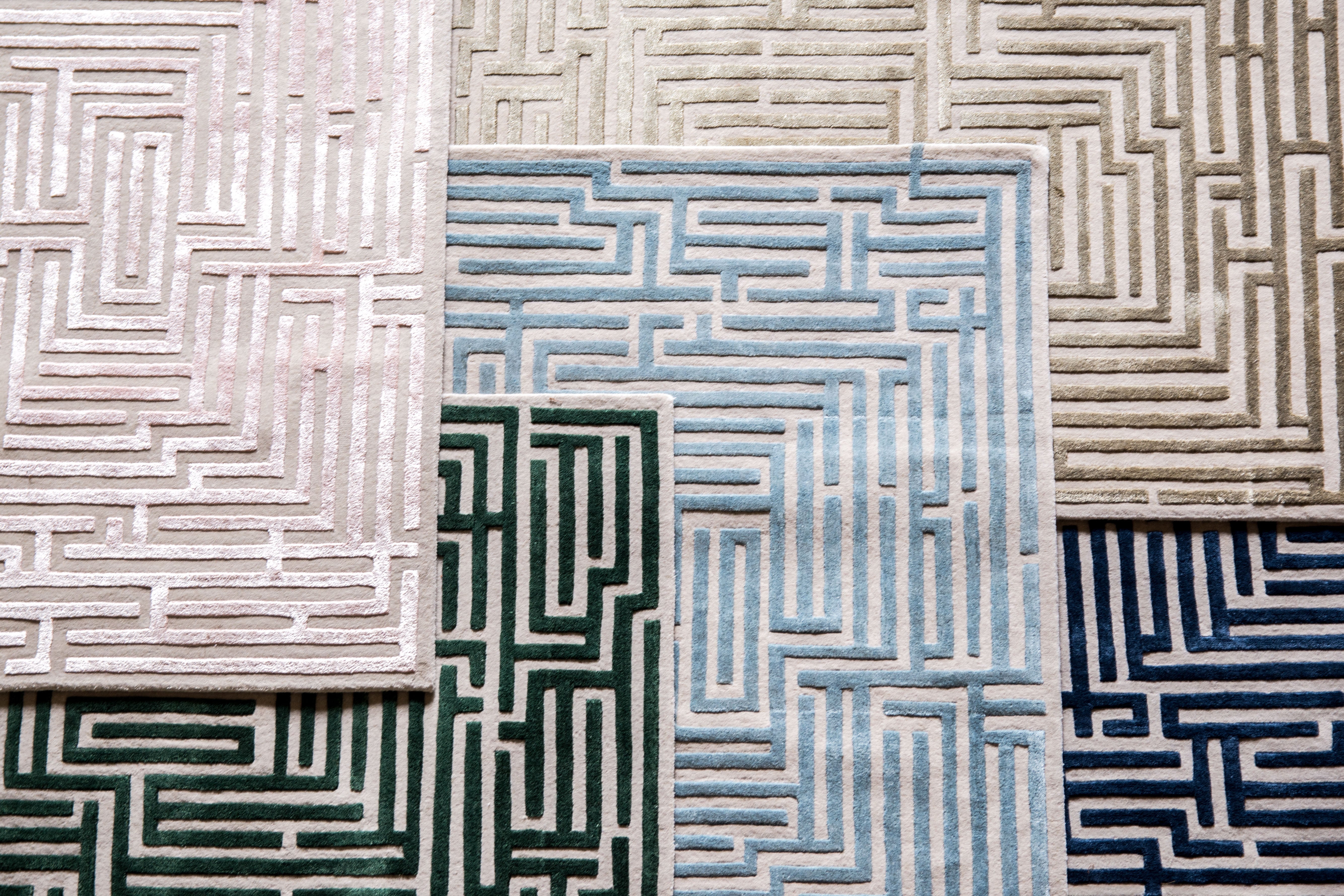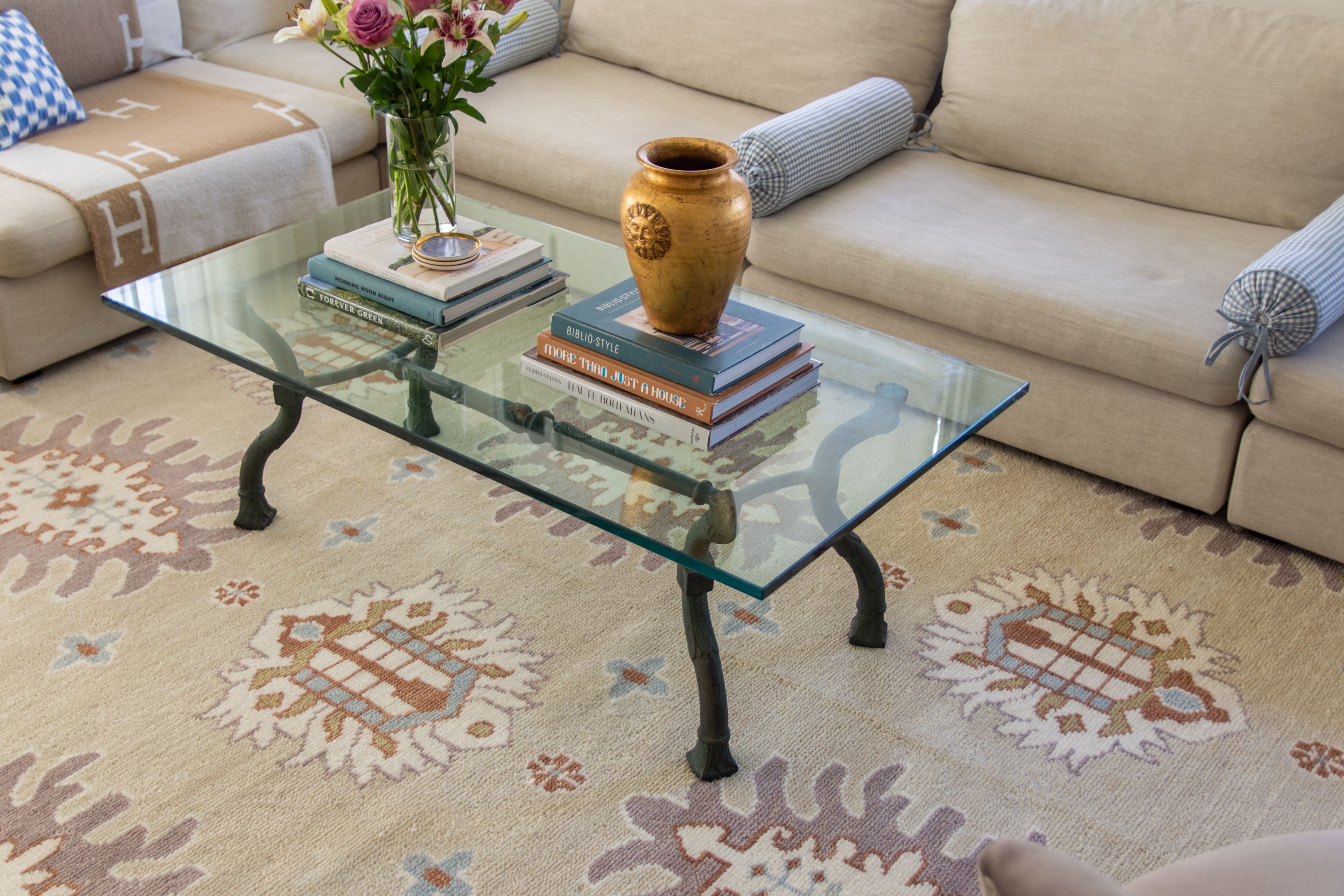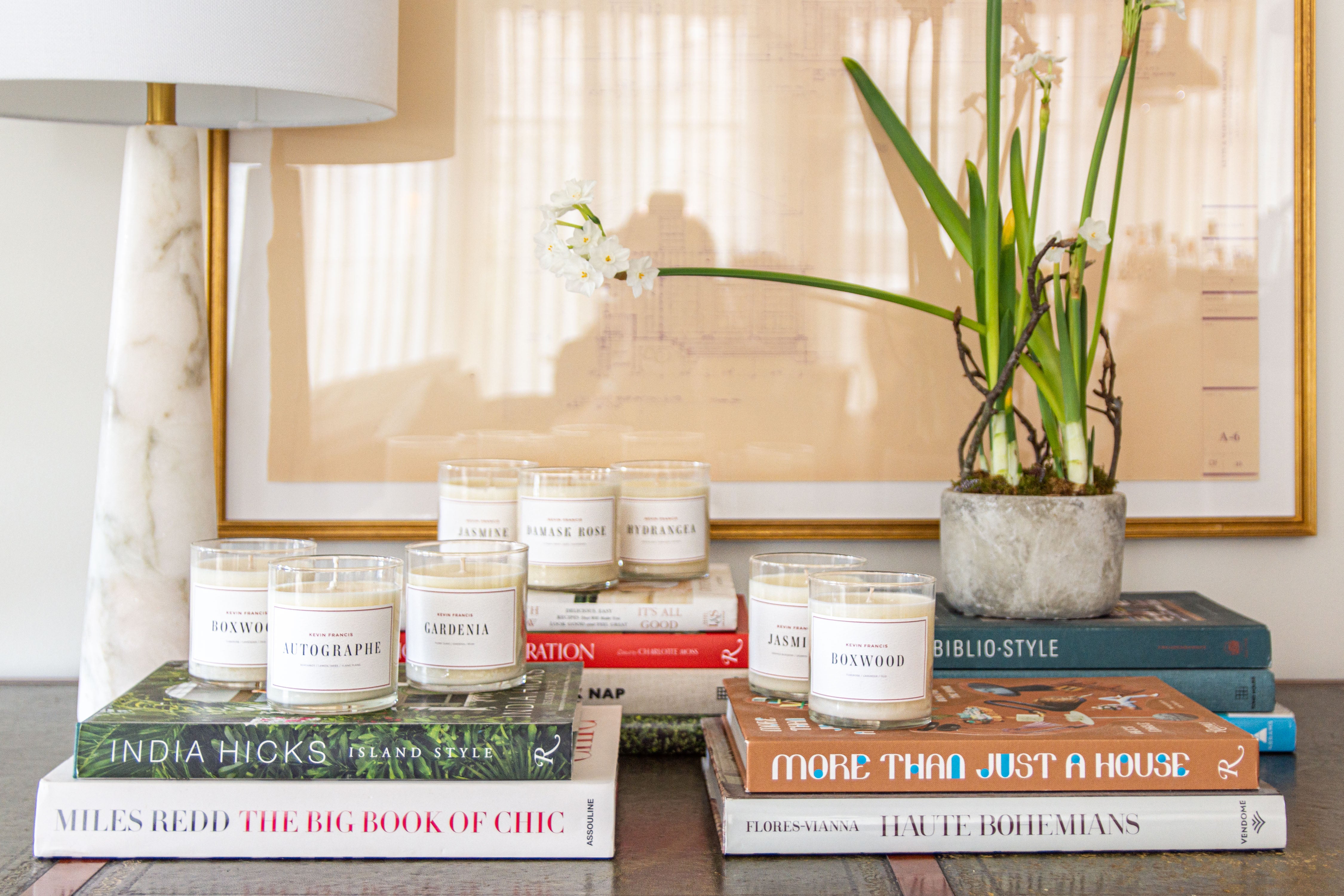Essential Design Elements for Clean Air at Home

Keeping your home's air clean is important for your health and well-being. Our general quality of life, emotions, and respiratory health may all be greatly impacted by the indoor air quality.
An NCBI study concluded that indoor air pollution may comprise many pollutants. This can include gaseous particles, fuel combustion by-products, aeroallergens, and more. Moreover, tobacco smoke is a common indoor air pollutant that many people are exposed to. These pollutants are under-recognized risk factors of around 20% to 25% of chronic obstructive pulmonary disease (COPD) cases.
A few design elements can make a substantial difference in ensuring that your home remains a sanctuary with clean, fresh air. This article will discuss several critical aspects of creating a home environment that promotes healthy air quality.
Ventilation
Proper ventilation is the foundational element of maintaining clean air at home. The house should be filled with fresh air to avoid the accumulation of moisture and contaminants. One of the easiest ways to achieve this is through natural ventilation. You can simply keep the windows and doors of your house open to allow fresh air to enter your house.
Does Ventilation Keep a House Cool?
Besides improving indoor air quality, this natural ventilation can also keep your indoors cool during the summer. A Natural Journal study found that while it can improve cooling, its effectiveness may vary. These differences arise because of meteorological uncertainties. This can result in discrepancies between simulation and actual real-world scenarios, especially in terms of design.
Air Filtration
Systems for filtering air are essential for eliminating impurities from the atmosphere. Pet dander, pollen, and dust particles as tiny as 0.3 microns can be captured by high-efficiency particulate air (HEPA) filters. Those who have asthma or allergies would especially benefit from these filters.
Incorporating air purifiers with HEPA filters in various rooms can significantly reduce the number of airborne particles. Regularly replacing HVAC filters also ensures that the central air system effectively traps pollutants and maintains good air quality throughout the home.
As rightly stated in a Wall Street Journal article, purified air has become a new amenity, especially for big houses. Therefore, many properties are focused on listing these essentials for luring home buyers quickly. For example, a 13-acre property in Santa Rosa, California, has a whole-home air purifier that has been mentioned in the listing.
UV Bulbs
Ultraviolet (UV) bulbs can be an effective addition to air purification systems. UV-C light, in particular, has germicidal qualities that can eliminate mold spores, germs, and viruses.
Installing UV bulbs in the HVAC system or using standalone UV air purifiers can help disinfect the air as it circulates through the home. This technology contributes to a healthier interior environment by reducing microbial contamination while operating constantly and softly.
Using UV bulbs for HVAC treatment can return around 12% energy efficiency. It can help eliminate any buildup in the HVAC systems to increase the cooling capacity by up to 30%. It can also aid in the fight against some bacteria and viruses, such as SARS-CoV-2, which causes COVID-19.
The microbes' capacity to proliferate is destroyed by the UVC photons' energy, which damages their DNA and RNA. The way that various bacteria react to UVC varies. It is most sensitive to viruses, less so to bacteria, and least sensitive to fungus spores. This implies that in order to kill the desired organisms, the proper dosage of UVC must be applied.
If your UV bulbs have become outdated, you can choose to replace them from a local or online supplier. According to Shop UV Bulbs, you should look for replacement bulbs that can fit your UV light system. This requires attention to the formulation of the bulbs. Exact fit bulbs ensure that the replacement process is seamless and without any major hassle.
If you go for certified UV replacement bulbs, it is even better because they may even give you some warranties. Some may offer you a one-year warranty, while some may give it for two years. Regardless of that, it will let you replace the bulb unit for free if anything happens to it during the warranty period.
Indoor Plants
Indoor plants increase the air quality and visual appeal of a house. Through the process of photosynthesis, plants emit oxygen and absorb carbon dioxide. Airborne contaminants, including benzene, formaldehyde, and trichloroethylene, may be absorbed by some plants, including peace lilies, spider plants, and snake plants.
Placing these plants in various rooms can help purify the air naturally. Additionally, caring for indoor plants can promote a sense of well-being and reduce stress, further contributing to a healthy living environment.
What Plants Are Best for Improving Indoor Air Quality?
When it comes to indoor plants, there are plenty of alternatives to choose from. The following are a few instances of indoor houseplants that naturally clean the air:
- Bird's nest fern
- Areca Palm
- Spider plant
- Dracaena
- English Ivy
- Weeping Fig, etc.
Building Materials
Materials that release volatile organic compounds (VOCs) have the potential to harm human health and the quality of the air. VOCs are among the most prevalent chemical contaminants that have an impact on the quality of indoor air. They are often emitted by many building materials, especially those used for interior decorations.
How to Reduce VOCs From Building Materials?
You may cut down on the release of dangerous chemicals by using paints, adhesives, and sealants that are low- or zero-VOC. Natural materials such as bamboo, stone, and wood are better than synthetic ones.
Proper installation and maintenance of these materials ensure they remain effective at contributing to a clean indoor environment. Additionally, avoiding materials that can harbor mold, such as certain types of drywall, can prevent mold growth and maintain healthier air.
Ensuring clean air at home requires a combination of effective design elements and regular upkeep. Proper ventilation, high-quality air filtration, and the use of UV bulbs are essential components in reducing indoor pollutants. Significantly improving indoor air quality also involves carefully choosing construction materials and keeping indoor plants alive. You may establish a home setting that promotes everyone's comfort, health, and well-being by putting these tips into practice.









